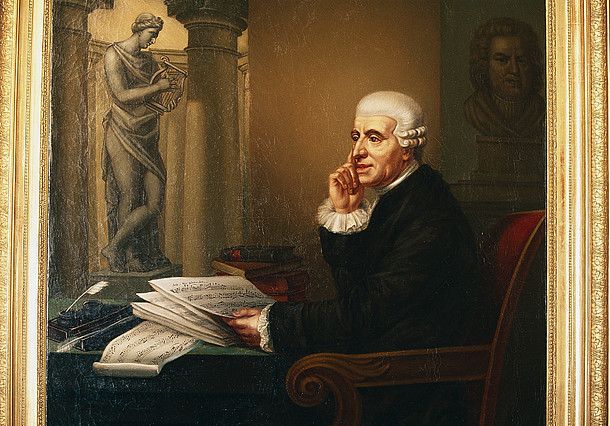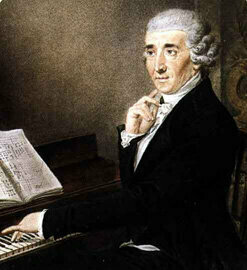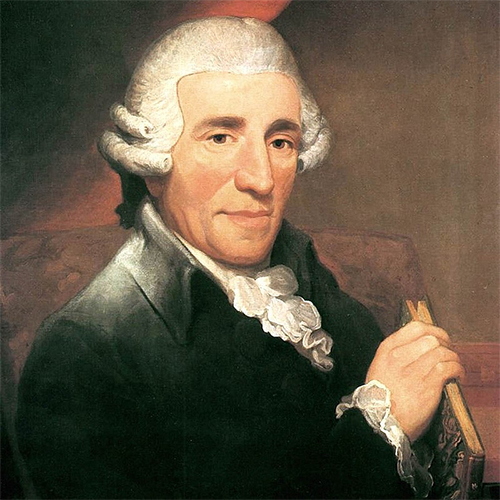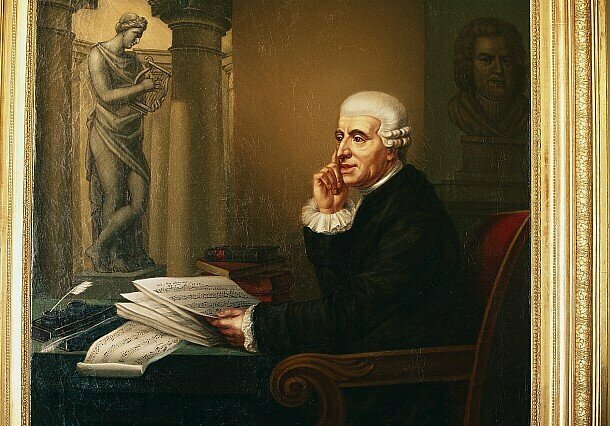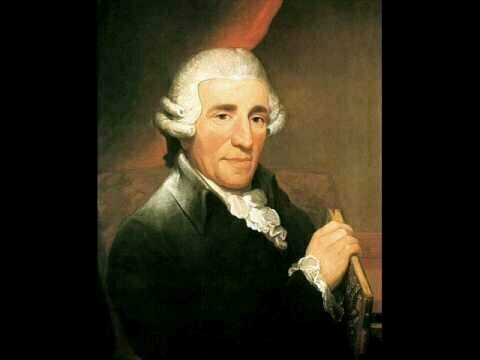As the ‘Father of the String Quartet,’ Haydn did a great deal to standardize the quartet form that we love so well. And yet, while giving him this comfortable title, we always have to recognize his sense of humour in
Haydn
The story of Haydn’s funeral and last remains is complicated and pretty macabre. It all starts in 1771, when Haydn was director of the Esterházy court orchestra. He conducted and wrote music for that ensemble for many, many years, and
Joseph Haydn paid two extended visits to the city of London, in 1791-2 and again in 1794-5. As one of Europe’s most famous composers and musicians he enjoyed an exceedingly warm reception. The music historian and critic Charles Burney recalls
It was one of those memorable evenings in the history of music. Joseph Haydn had come to London at the age of 62 on a second concert tour arranged by the impresario Johann Peter Salomon. And on 2 February 1795,
What does nothing sound like in music? Silence would be a good starting point, but then it wouldn’t be music. Amazingly, Haydn’s oratorio The Creation “opens with nothing short of a musical impossibility, the sound of infinite nothingness.” A contemporary
Visitations by foreign heads of state can be rather lavish affairs. And that was certainly the case when Archduke Ferdinand and Maria Beatrice d’Este, alongside a retinue of well over one hundred servants, visited the former hunting lodge of Prince
By the mid-1780s Joseph Haydn was the most famous composer in Europe. Although he had worked in relative obscurity in the service of the Esterházy family for many decades, his reputation had spread far and wide. And when Johann Peter
When Joseph Haydn arrived in England in January 1791, he found lodgings with the impresario Salomon in Great Pulteney Street, opposite the pianoforte shop of John Broadwood. At that time, Haydn was the most famous composer in Europe, and London



